Search Images
Browse Content (p. 1668)
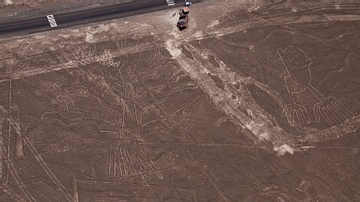
Image
Nazca Line Cactus
A Nazca geoglyph depicting a cactus. The designs and lines created on the desert floor of southern Peru are known collectively as the 'Nazca Lines' and were made over several centuries between 200 BCE and 500 CE. Their exact purpose is not...
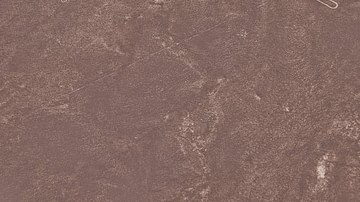
Image
Nazca Line Hummingbird
A Nazca geoglyph depicting a hummingbird. The designs and lines created on the desert floor of southern Peru are known collectively as the 'Nazca Lines' and were made over several centuries between 200 BCE and 500 CE. Their exact purpose...

Image
Xerxes I Relief
A relief with a representation of Persian King Xerxes I. 5th century BCE, Persepolis.
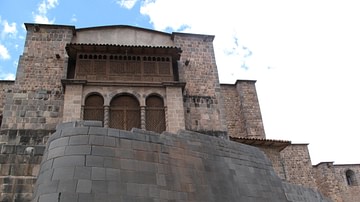
Image
Coricancha Circuit Wall
Part of the surviving wall from the Inca sacred precinct of Coricancha at Cuzco, 15th century CE. The site was reused for the monastery of Santo Domingo.
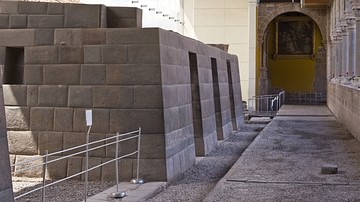
Image
Coricancha, Cuzco
One of the reconstructed temples from Coricancha, the sacred Inca precinct at Cuzco. 15th century CE.
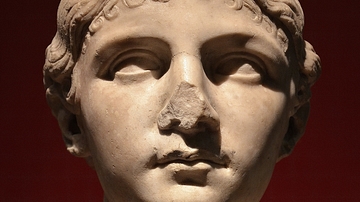
Image
Antonia Minor
Antonia Minor (36 BCE-37 CE), was the second daughter of Octavia Minor and Mark Antony. (Palazzo Massimo alle Terme, Rome)
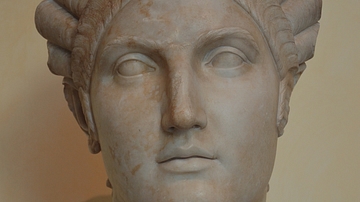
Image
Salonina Matidia
Portrait of Salonina Matidia (niece of Trajan and mother of Vibia Sabina who would marry the future Roman Emperor Hadrian), from Luni, c. 119 CE. (Capitoline Museums, Rome)
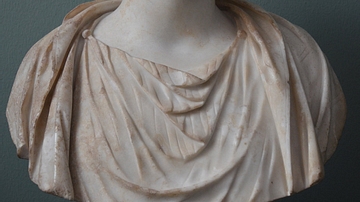
Image
Empress Bruttia Crispina
The Empress Bruttia Crispina, wife of Roman Emperor Commodus, c. 180 CE. (Ny Carlsberg Glyptotek, Copenhagen)
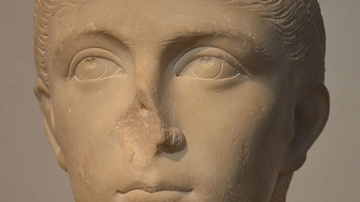
Image
Empress Fulvia Plautilla
Empress Fulvia Plautilla, wife of the Roman Emperor Caracalla, 202-205 CE. (Palazzo Massimo alle Terme, Rome)
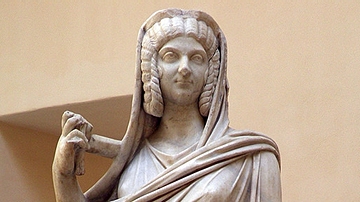
Image
Empress Julia Domna
Statue of Empress Julia Domna (wife of Septimius Severus) as Ceres, from the Portico of the Fountain with oil-lamp, 3rd century CE, Ostia Antica.